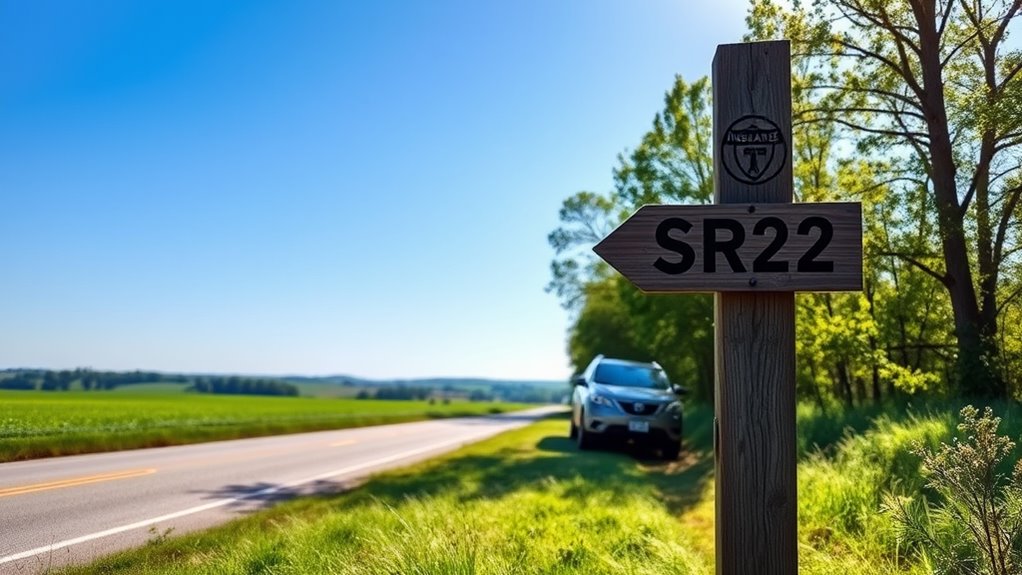When it comes to maneuvering Missouri's SR22 requirements, understanding the different types is essential for maintaining your driving privileges. You'll encounter three main forms: the Owner's Certificate, the Operator's Certificate, and the Operator-Owner Certificate. Each serves a distinct purpose based on your vehicle ownership status. Knowing which SR22 type suits your situation can greatly impact your compliance and insurance coverage. But what happens if you choose the wrong one?
What do you really know about SR22 requirements in Missouri? If you've found yourself in a situation that mandates SR22, understanding the different types is essential for compliance and smooth sailing on the road ahead. SR22 acts as proof that you meet Missouri's minimum liability insurance requirements, and knowing which type applies to your situation can save you time and potential headaches.
The first type you'll encounter is the Owner's Certificate. This one's for you if you own the vehicle you're driving. It assures the state that you have the necessary insurance coverage for that specific vehicle.
If you don't own a vehicle but still need to meet the SR22 requirement, the Operator's Certificate is what you're looking for. This form serves as proof that you have coverage, even without a vehicle in your name.
Now, if you drive both owned and non-owned vehicles, you'll need the Operator-Owner Certificate. This type combines the coverage aspects of both previous forms, ensuring that you meet the state's requirements regardless of which vehicle you're operating. Each type of SR22 form serves a unique purpose, and understanding which one applies to you is important for compliance.
Obtaining SR22 isn't a complicated process, but it does involve several steps. First, you'll need to purchase a policy that meets Missouri's minimum liability requirements, which include $25,000 for bodily injury per person, $50,000 per accident, and $10,000 for property damage.
Not every insurance provider offers SR22 coverage, so finding one that does is an important first step. Once you secure your policy, your insurer will file the SR22 form electronically with the Missouri Department of Revenue, usually for a one-time fee of around $25. This fee is essential to ensure the filing process is completed promptly and without delays to avoid potential penalties.
However, it's essential to maintain continuous coverage. A lapse in your insurance can lead to severe consequences, including license suspension. If you fail to keep your SR22 active for the required period, the state might extend your obligation, making it even more important to stay on top of your insurance status.
You also face additional fees and penalties for any lapses, which can complicate your reinstatement process and delay your full driving privileges.
Lastly, be aware that obtaining SR22 can lead to increased insurance premiums. Being labeled as a high-risk driver usually means you'll pay considerably more for your coverage, making it essential to explore your options.
Some insurers may even decline to renew your policy if your offenses are severe enough. As a result, understanding the types of SR22 forms and what they entail can help you navigate the complexities of insurance and compliance more effectively.
Conclusion
In summary, grasping the nuances of SR22 types in Missouri is like steering through a complex maze; each turn leads to different requirements and implications for your driving status. Whether you need an Owner's Certificate, an Operator's Certificate, or an Operator-Owner Certificate, knowing the right form to choose is crucial for maintaining your driving privileges and fulfilling state regulations. By understanding these distinctions, you can avoid potential pitfalls and guarantee you're adequately covered on the road.

